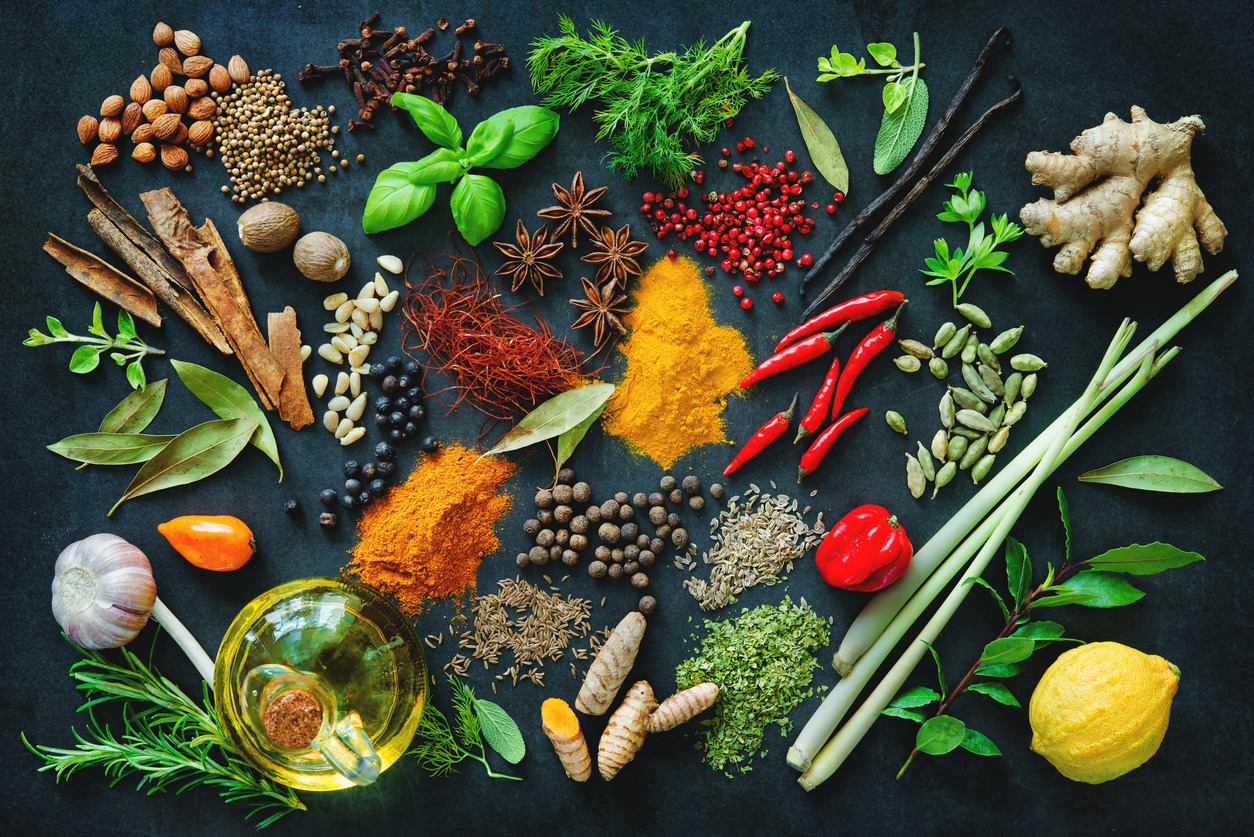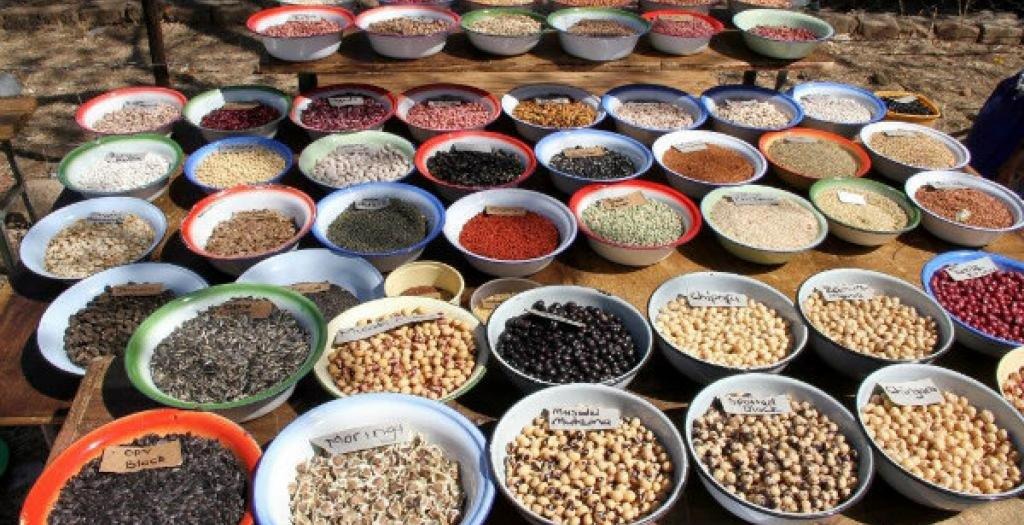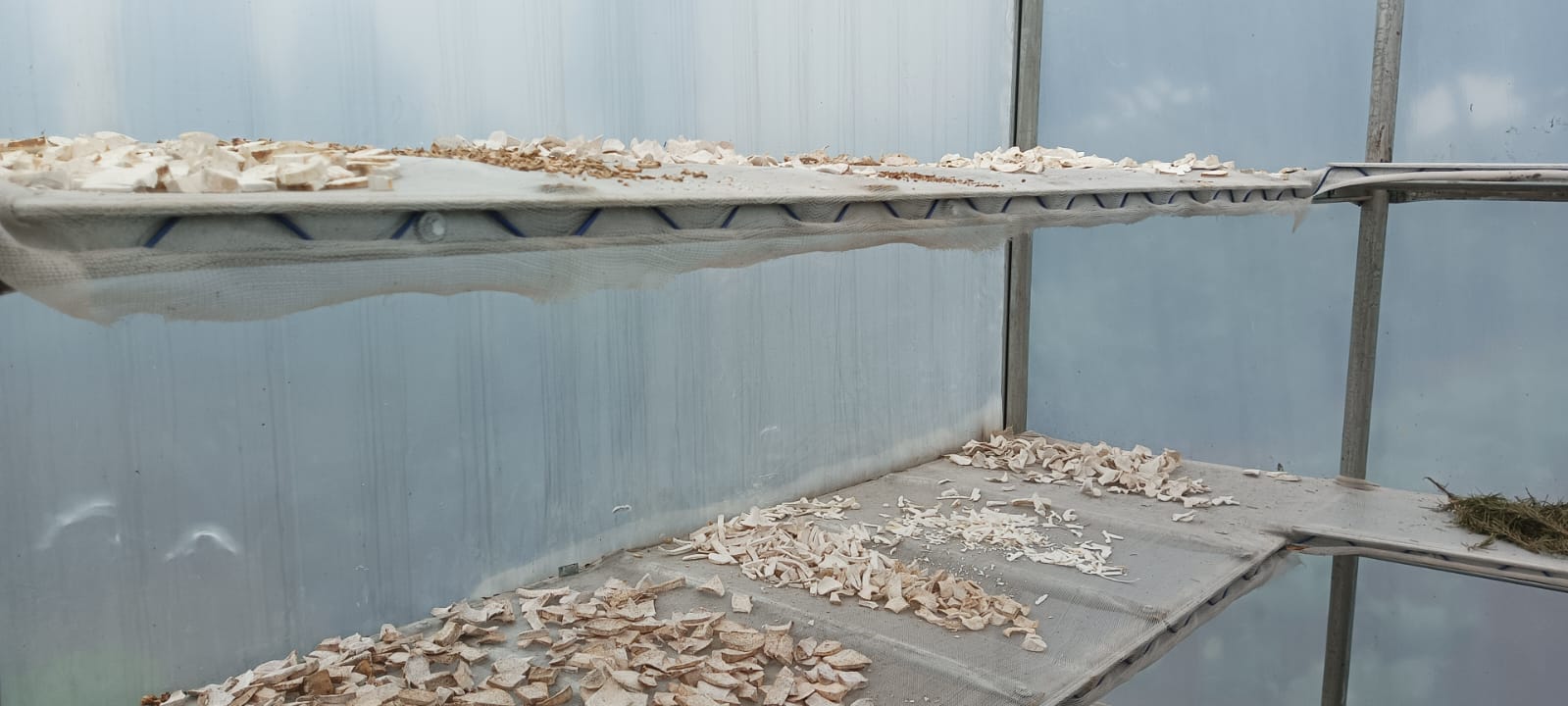In the realm of agriculture, there’s a sector that’s rapidly gaining traction and proving to be a lucrative venture – the farming of herbs and spices. This isn’t your typical corn or wheat farming; it’s a niche that’s as flavourful as it is profitable.
Herbs and spices have been integral to our diets and lifestyles for centuries. They add zest to our meals, serve as essential ingredients in natural remedies, and are increasingly sought after in the wellness and cosmetic industries. The global market for herbs and spices is projected to rise, according to a report by Grand View Research. This growth is fuelled by the increasing consumer demand for natural and organic products, both in the food and cosmetic sectors.
So, how does one tap into this ‘green gold’ market? The answer lies in strategic and sustainable farming practices.
Firstly, herbs and spices farming is a low-input, high-output venture. Many herbs and spices are perennials, meaning they grow year-round, providing a steady supply of produce. They require minimal space and can be grown in a variety of settings – from large-scale farms to backyard gardens and even in pots on a balcony. This versatility makes it accessible to a wide range of aspiring farmers.
Secondly, the cost of production is relatively low. Herbs and spices are hardy plants that require little maintenance once established. They are resistant to many pests and diseases, reducing the need for expensive and harmful pesticides. Moreover, they require less water than traditional crops, making them an excellent choice for areas with water scarcity.
Thirdly, the return on investment is impressive. Herbs and spices are high-value crops. They fetch a higher price per kilogram than most traditional crops. Even common herbs like basil and mint can bring in a tidy profit when sold fresh or processed into value-added products like essential oils or dried herbs.
Furthermore, the market for herbs and spices is vast and varied. From local farmers’ markets to global export opportunities, the demand for these flavourful plants is high. With the right marketing strategy, farmers can tap into various markets, including the food industry, pharmaceuticals, cosmetics, and the rapidly growing wellness sector.
Lastly, herbs and spices farming is sustainable and environmentally friendly. These plants improve soil health by adding organic matter and preventing erosion. They also promote biodiversity by attracting beneficial insects and birds. By choosing to farm herbs and spices, farmers not only profit but also contribute to a healthier planet.Venture into herbs and spices farming as it’s an opportunity to cultivate ‘green gold’ while promoting sustainability and biodiversity. So, why not spice up your farming practice and reap the flavorful rewards?







